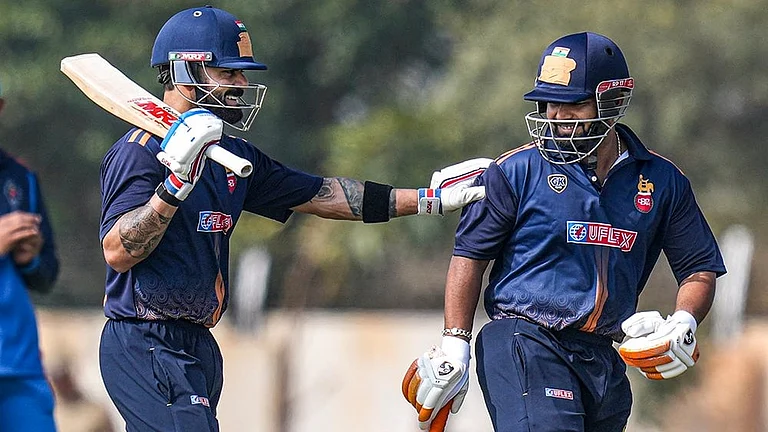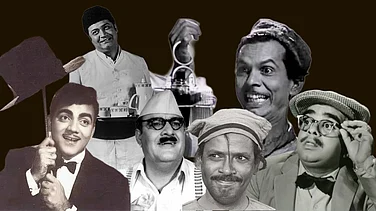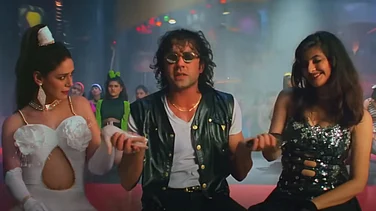In a cracking start to the week, Indians across the world erupted in celebration as Naatu Naatu, the popular track from the action-packed film ‘RRR’, made history by becoming the first movie from the country to win the Academy Award for best original song. A similar feat that saw ‘The Elephant Whisperers’ winning best documentary short film gave the country two Oscar-winning films in one night.
While Indians did win Oscars previously, this was the first time an Indian production and film won the Academy Award. ‘The Slumdog Millionaire’ that won the Best Original Song in 2009 was a predominantly British production.
The Naatu Naatu fever has gripped people of all ages all over the world who shook their legs to the tunes in videos that have millions of views on YouTube, Instagram, and TikTok. However, the ensemble that performed the foot-thumping choreography on the stage that night did come under fire as neither the choreographers for the dance were of Indian descent nor were the dancers, which many said was a missed opportunity for the community and the Academy that has been batting for inclusivity.
The other Indian production that made a global impact was the Tamil documentary ‘The Elephant Whisperers’. The 42-minute film not only touches upon a heart-touching story of a bond between animal and human and serves as a shining example of how we can continue to coexist, but also shines light on Indian culture and long-forgotten values, and speaks of conservation in the most positive and hopeful light.
Although the Tamil Nadu Chief Minister MK Stalin felicitated the original caretaker couple Bomman and Bellie along with young elephants Raghu and Ammu, critics were quick to point out that the win only put the focus on the makers of the film and pushed the original story of the couple into the backseat.
Despite all the criticism, their victory has achieved something unprecedented, with some of SS Rajamouli’s old work being re-released in American theatres and foreign tourists flocking to the Theppakudu Elephant Camp to see the Oscar-winning elephant.
Last year, in our 30 May 2022 issue, we at Outlook looked at the surge of such Southern films and how Tamil, Telugu, Kannada, and Malayalam films swept aside Bollywood’s carefully manicured reputations, budgets, and notion of invincibility.
The issue titled “Smashing South” explored how Bollywood chose to ignore the pan-India appeal of dubbed South Indian movies and faced the brunt of it at the box office with the success of films such as Bandreddi Sukumar’s ‘Pushpa: The Rise’ (2021), SS Rajamouli’s Telugu venture ‘RRR’ (2022), Prashant Neel’s Kannada actioner, ‘KGF Chapter 2’ (2022).
Outlook also looked at how the dubbing of South Indian films into other South-Indian languages worked as a key to access the countrywide market. SV Srinivas writes how films like the Prabhas-starrer ‘Radhe Shyam’, which, despite its commercial failure, served as a good example of the emerging model as it was simultaneously released in Telugu, Hindi, Tamil, and Malayalam and made between Rs 300-500 crore.
We also looked at how the influx of internet TV and the expansion of indigenous OTT platforms catering to regional cinema content allowed the Southern film industry to compete with Bollywood. In fact, Netflix scored a global blockbuster with ‘RRR’ which was in the global top 10 films in as many as 60 countries at one point of time.
The issue also looked at the content of South-Indian films and how the industry tells stories that establishes an instant connection with the audience. A film critic noted in the issue that in the past, people in smaller towns were the core audience for the Hindi film industry and the films of yesteryear catered to them.
“Bollywood has now become an industry of egoists,” the critic said.
Keeping in mind the success of the industry at the Oscars, we are revisiting some of these stories of the rise of popular South Indian cinema in the pan-Indian market.


























